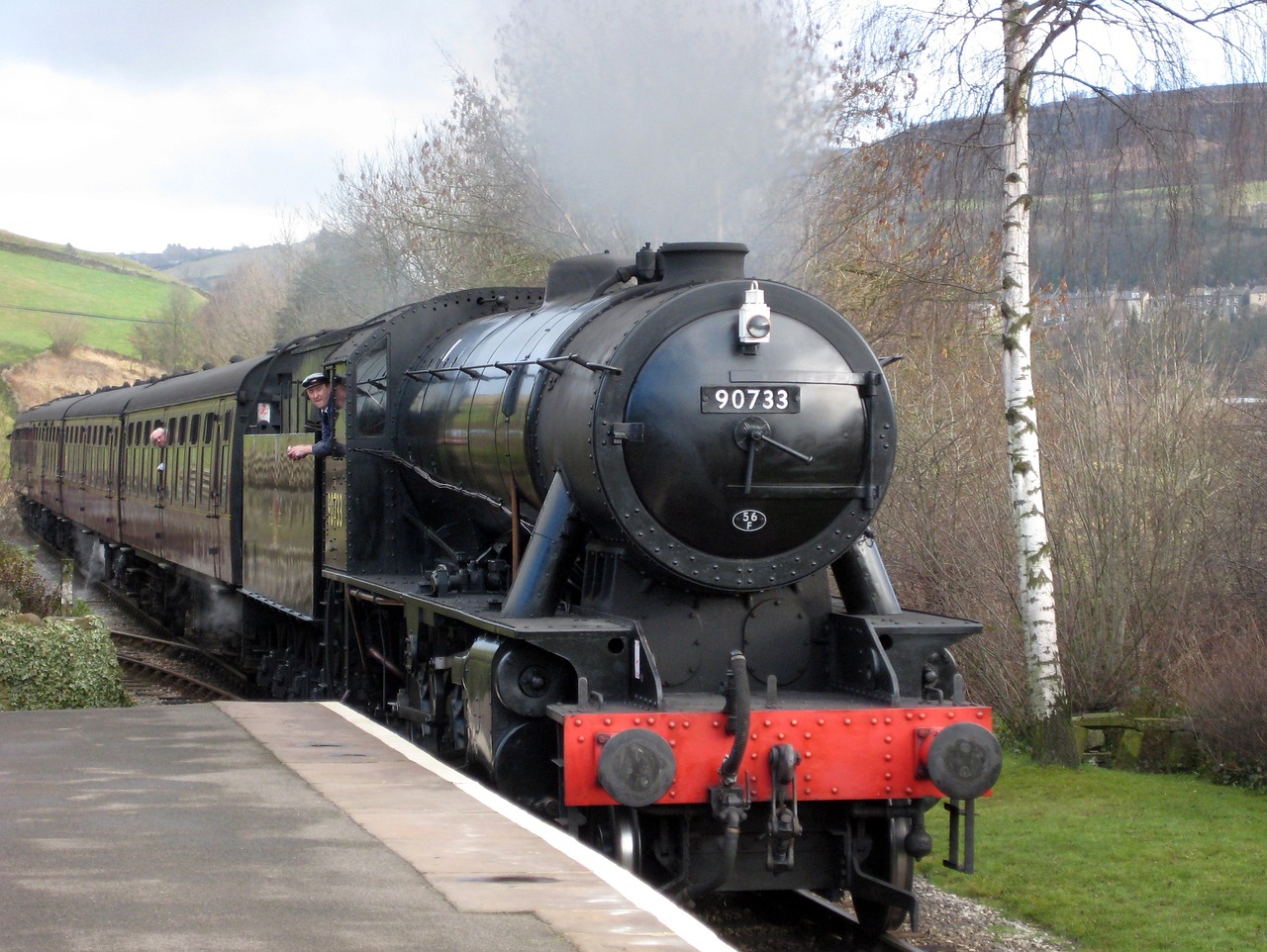“근현대사”는 대개 19세기 중반부터 현재까지의 역사적 사건과 사회적 변화, 그리고 문화적 발전을 다루는 분야입니다. 이 시기는 산업혁명, 세계 대전, 냉전 등 중요한 사건들이 포함되며, 현대 사회의 형성과 발전을 이해하는 데 중요한 역할을 합니다. 영어로는 “Modern History” 또는 “Contemporary History”로 표현됩니다.
“근현대사”를 영어로 표현하는 방법
- Modern History (근대사)
- Contemporary History (현대사)
- Recent History (최근 역사)
1. Modern History
“Modern History”는 19세기 중반부터 20세기 중반까지의 역사적 사건들을 포함하며, 사회, 경제, 정치적 변화를 중심으로 다룹니다.
- “Modern history is essential for understanding the development of today’s world.” (근현대사는 오늘날 세계의 발전을 이해하는 데 필수적이다.)
- “The study of modern history often focuses on the impact of the Industrial Revolution.” (근현대사 연구는 종종 산업 혁명의 영향을 중심으로 한다.)
2. Contemporary History
“Contemporary History”는 일반적으로 20세기 후반부터 현재까지의 역사적 사건을 다루며, 정치적, 사회적 이슈와 현대 문화에 초점을 맞춥니다.
- “Contemporary history examines events such as the Cold War and globalization.” (현대사는 냉전과 세계화 같은 사건들을 조사한다.)
- “Understanding contemporary history is crucial for addressing current global challenges.” (현대사를 이해하는 것은 현재의 글로벌 도전에 대응하는 데 중요하다.)
3. Recent History
“Recent History”는 상대적으로 최근의 역사적 사건을 지칭하며, 20세기 후반 이후의 사건들을 포함할 수 있습니다.
- “Recent history has been shaped by technological advancements and social movements.” (최근의 역사는 기술 발전과 사회 운동에 의해 형성되었다.)
- “Studying recent history helps us grasp the complexities of modern society.” (최근 역사를 공부하는 것은 현대 사회의 복잡성을 이해하는 데 도움이 된다.)
“근현대사”는 “Modern History,” “Contemporary History,” 또는 “Recent History”로 번역할 수 있으며, 각각의 표현은 연구하는 시기와 맥락에 따라 적절히 사용됩니다.













Leave a Reply